The Future (and History) of Grocery Shopping
By Naomi Shaw, guest contributor
For some, the idea of grocery delivery seems either too “modern” or excessive. They argue that the supermarket is just down the road. Why bother with delivery? Well…
Once upon a time, families depended on food deliveries everyday. Milkmen delivered glass bottles of fresh milk and eggs, and it was essential that families keep food fresh via to-your-door ice services. So the concept of food delivery isn’t new; perhaps society is returning to a personalized relationship with produce.
When the Game Changed
The refrigerator revolutionized the way average Americans stored and consumed groceries. Until the middle of the century, refrigerators were relatively small and mostly preserved the necessities. However, as technology progressed and an increasing number of Americans gained disposable income, the average fridge size more than doubled, growing from 9 cubic ft. to 22 cubic feet! Suddenly, perishable items weren’t so perishable!
The Move to Megastores
With the prevalence of big refrigerators and the move to multiple-vehicle-owning families, giant grocery stores became the norm. In 2013, the United States grocery market brought in $850 billion. However, the online grocery industry represented a mere 1% of that figure. So why is it a good idea to buy your groceries online instead?
- You’re less likely to impulsive buy unnecessary or unhealthy items. A recent study estimates that shoppers spend an roughly 20% of their grocery bill on 60% of grocery store runs. Shopping for food online means you’re more meticulous and likely to stock up on staples you really need.
- It’s convenient. Time is money. There’s no doubt that online grocery shopping ensures you’ll save trips to the supermarket. This way, you’ll have more time to cook, read, and do the things that make you happy.
- You’ll also save cash on transportation. Use less gas and save milage on your car.
- It’s more sustainable! You might be surprised to find that shopping for food online helps to save the environment. A single delivery truck making multiple stops burns less gas than lots of individual car trips. Plus, most delivery services use paper, not plastic, so you’ll keep non-biodegradable products out of oceans and landfills.
Some Tips for Online Grocery Shopping
- Research where companies get their produce. Inquire about GMO fruits and vegetables versus organic. Find out which areas your delivery service sources it’s products from. This is a great way to determine sustainability.
- Determine the turn-around time between order and delivery.
- Inquire about the company’s ethical policies. For instance, Pantry Paratus only sells Frontier bulk spices and baking ingredients because they are healthy, economical, and ethically harvested.
- Compare prices with competitors to get the best deal. Save money and time!
- Investigate to determine whether or not you can place a recurring, monthly order. This way you can be sure you’ll get the essentials each time without having to reformulate a list with each purchase.
So there you have it… a brief overview of grocery delivery and tips for making the switch! Now that you’ve gotten some food for thought (sorry not sorry), would you give up in-store shopping for online delivery? Leave your comments below!




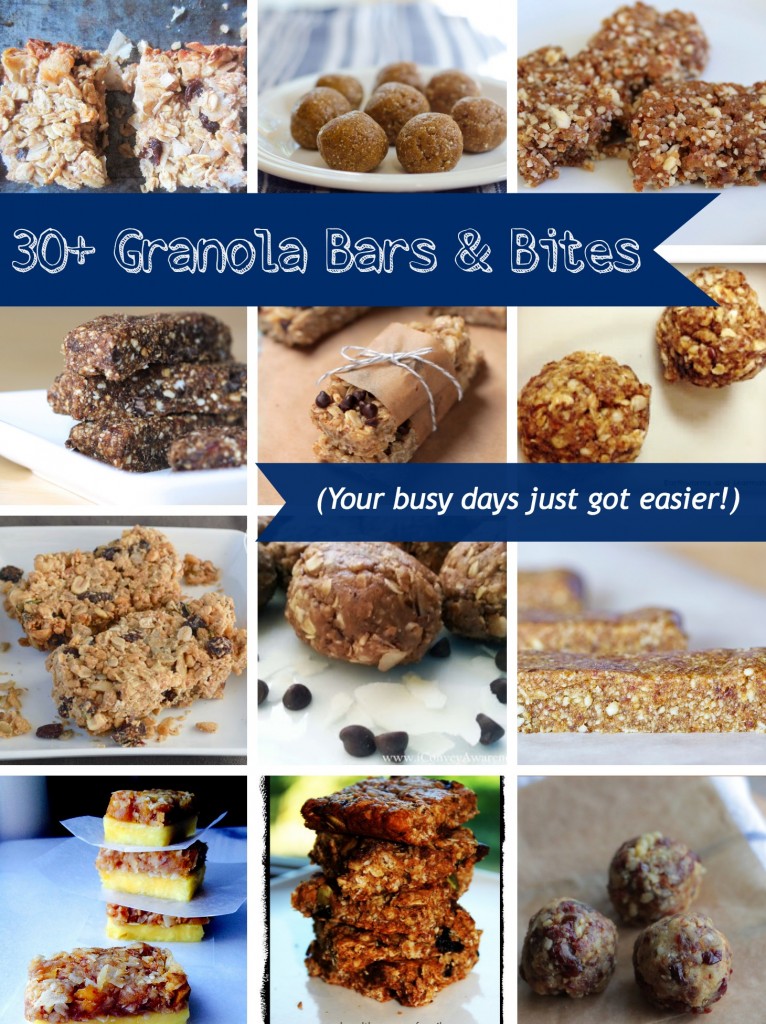
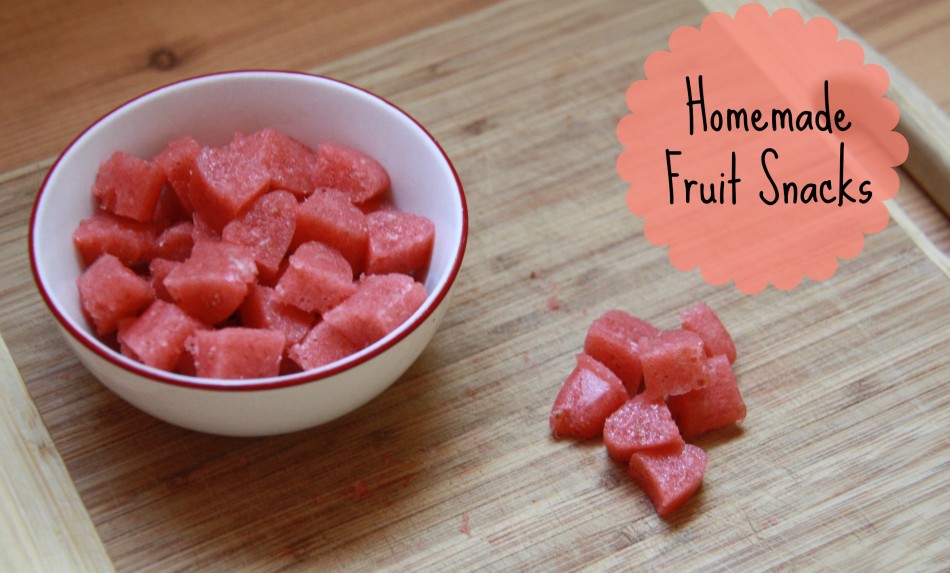

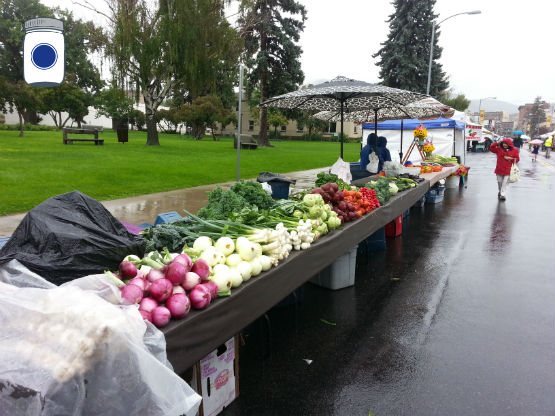

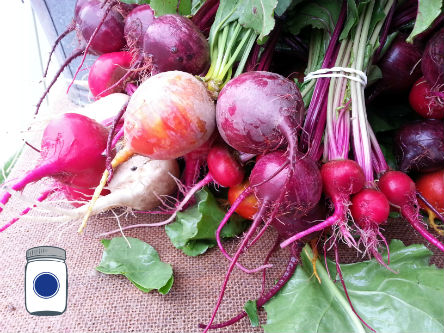
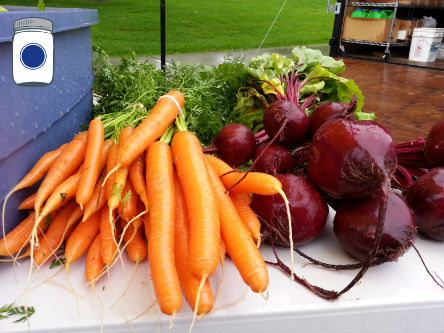
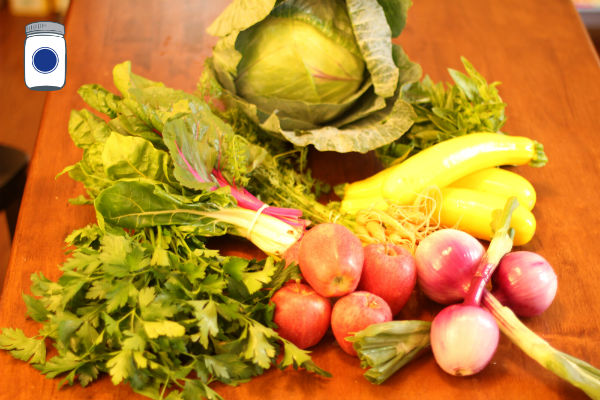
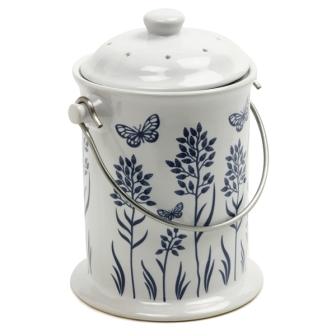
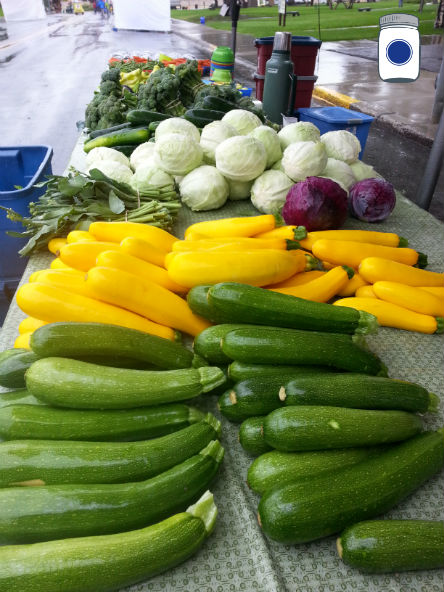

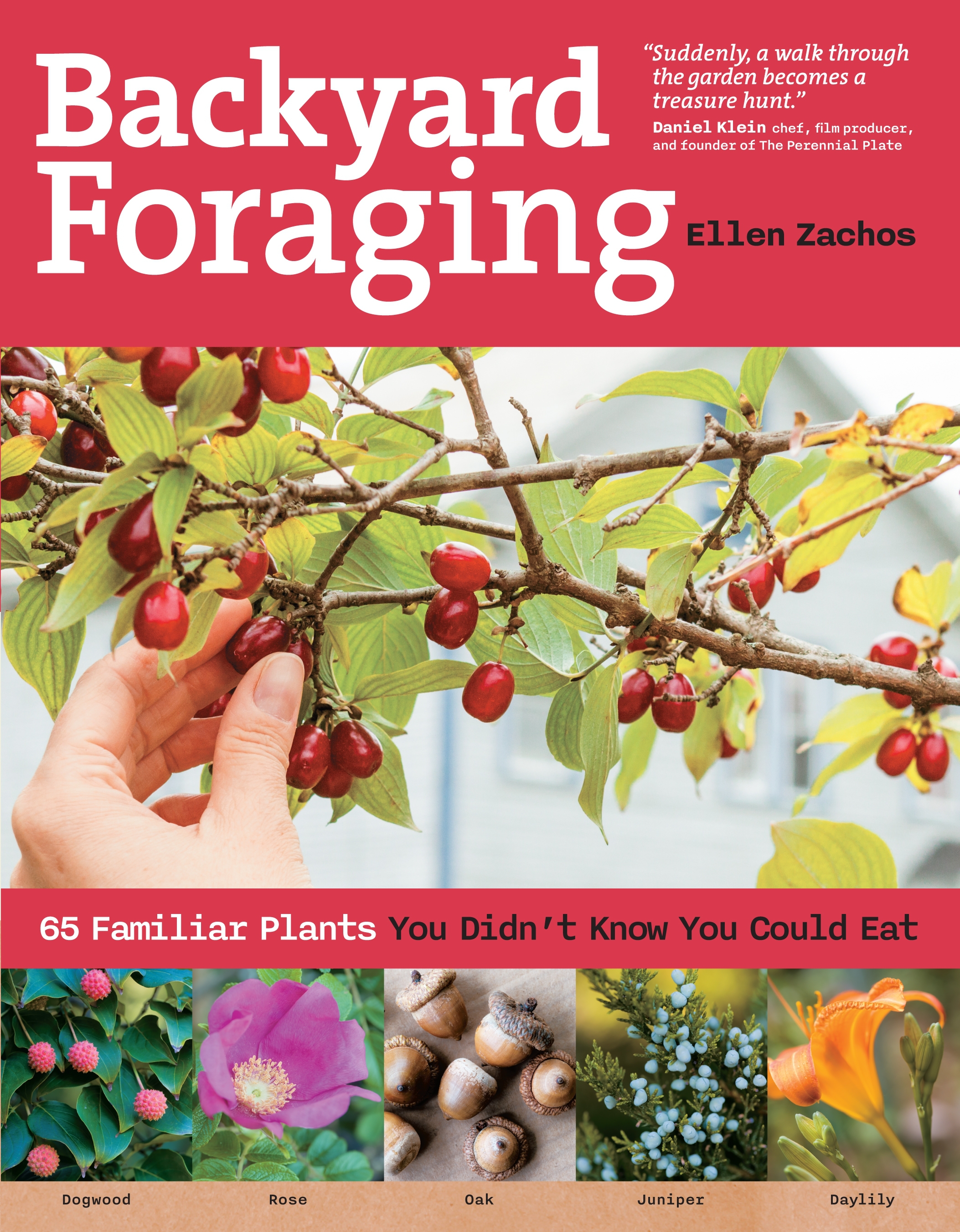



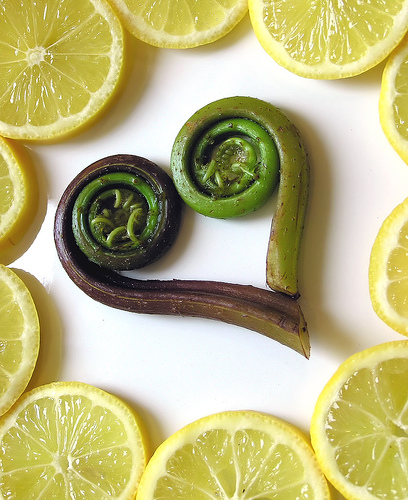
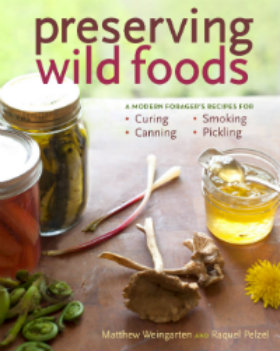
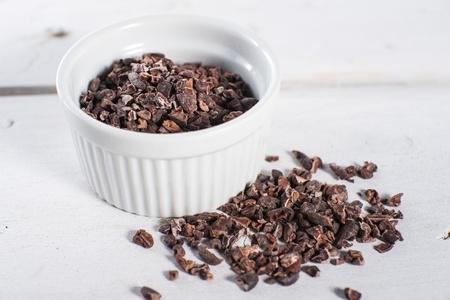

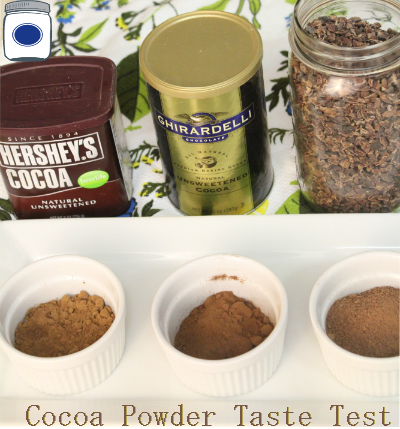
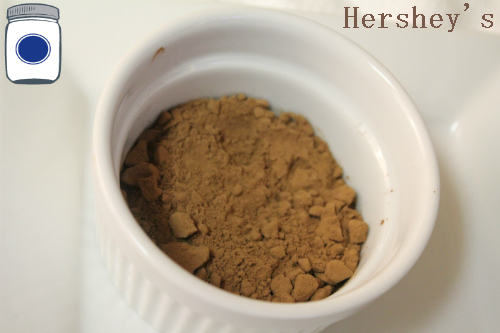
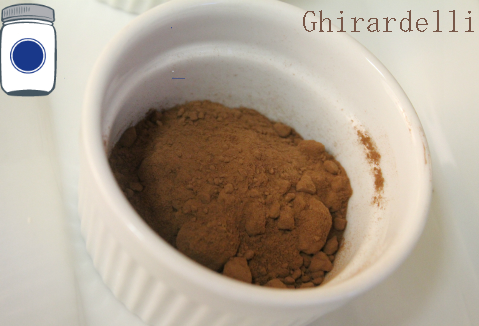
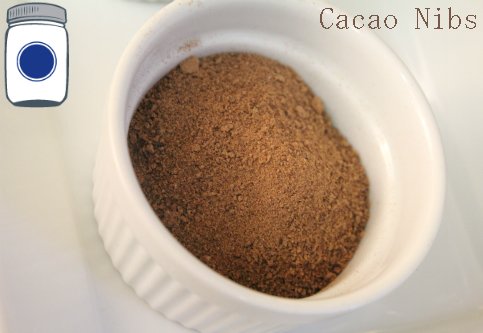
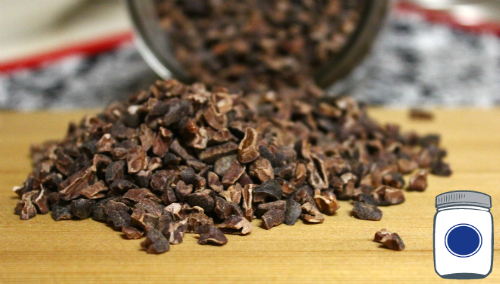
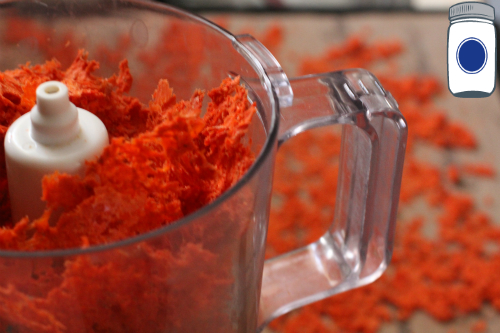
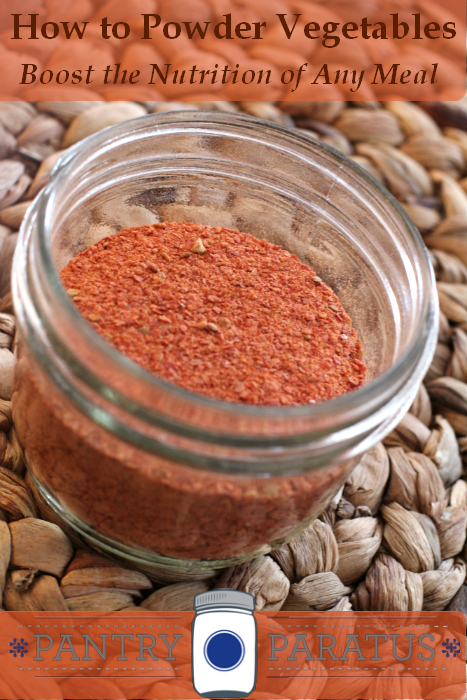
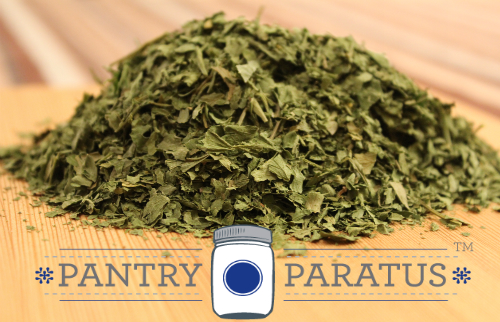
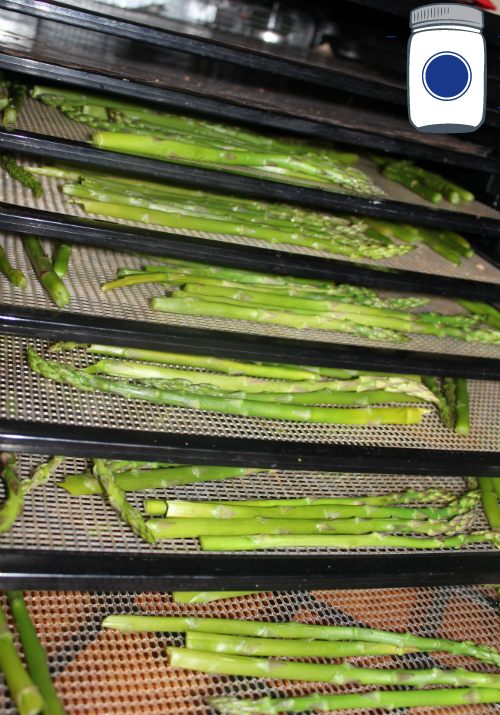
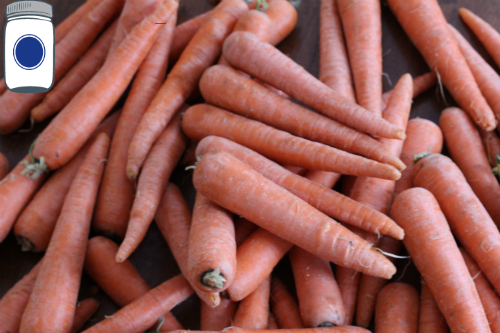
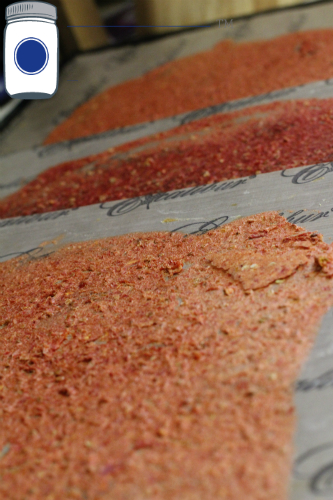
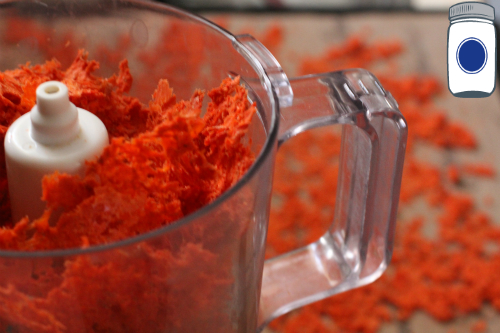





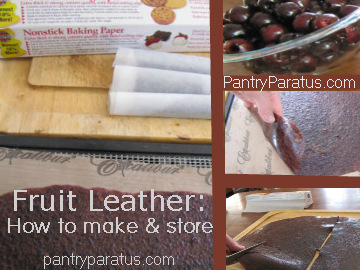
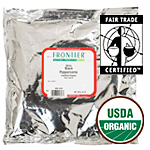

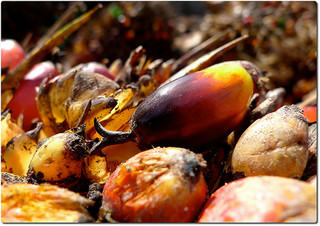



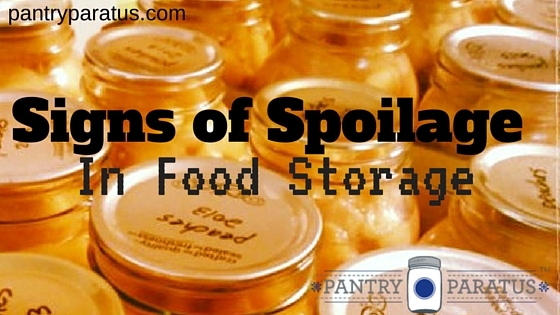
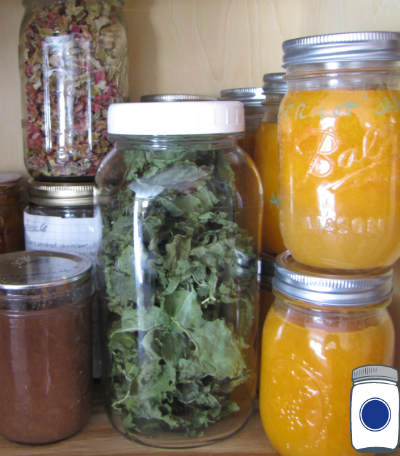
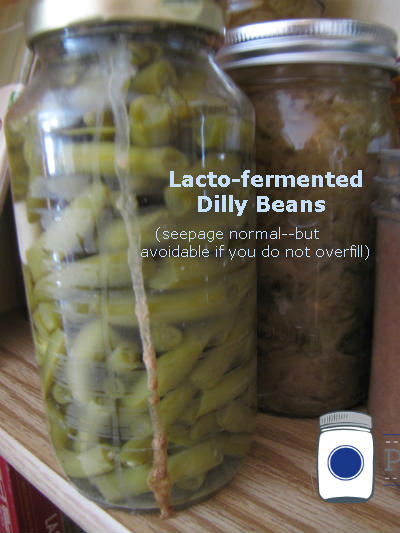
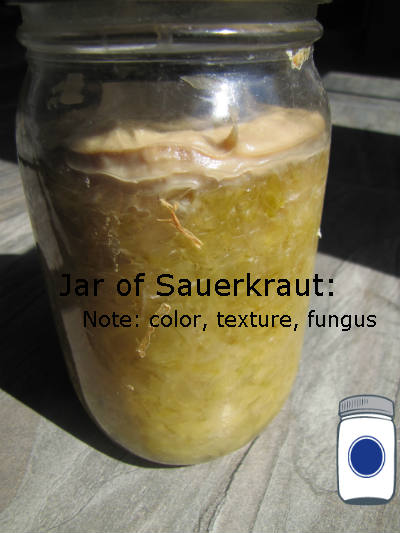
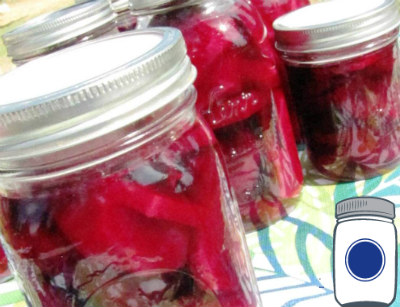
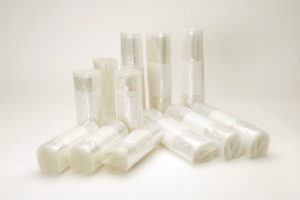
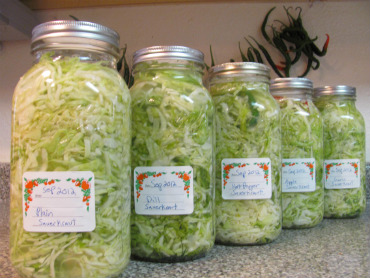
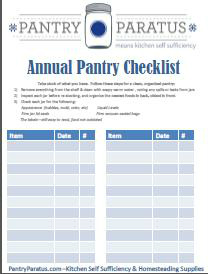 Get a Free Annual Pantry Checklist:
Get a Free Annual Pantry Checklist: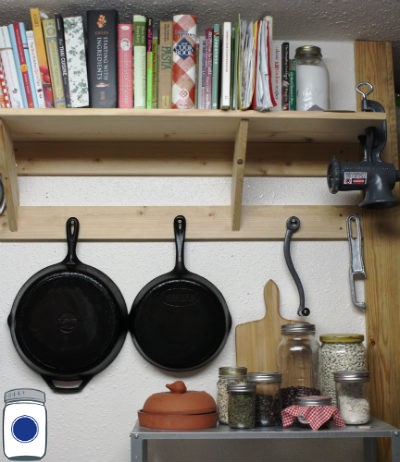
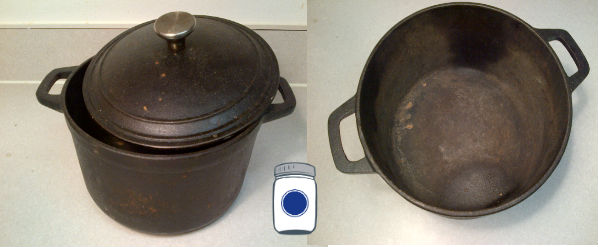

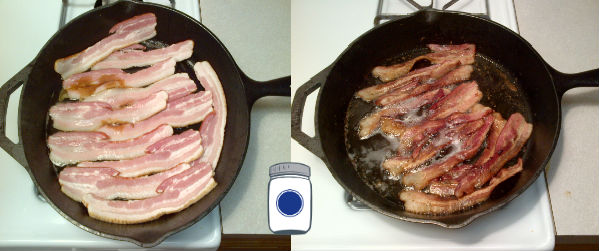
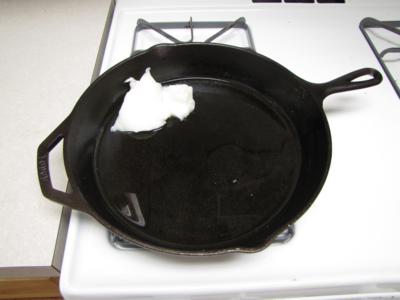
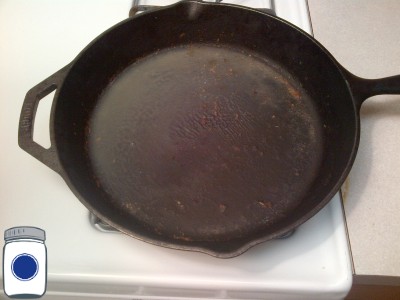
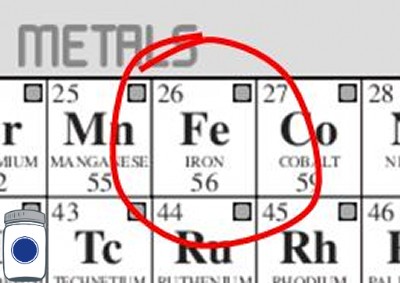
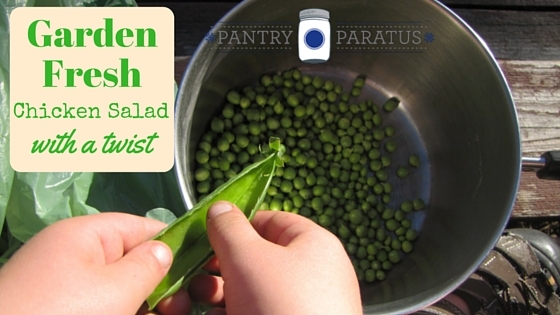
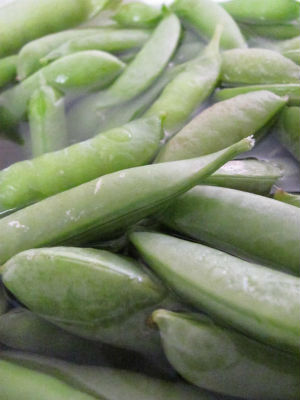
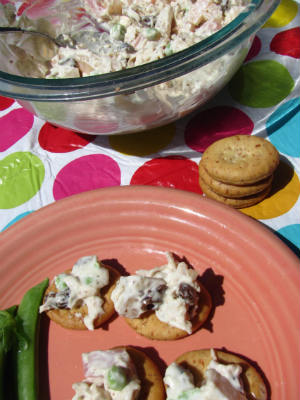
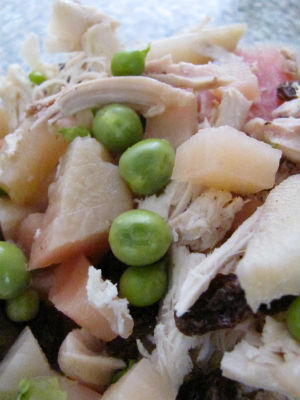
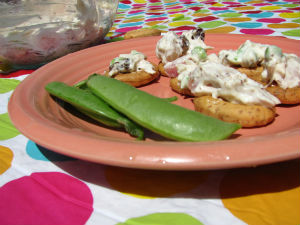
Amber, Head Pixie
posted on Monday, October 27, 2014 12:32:45 PM America/Denver